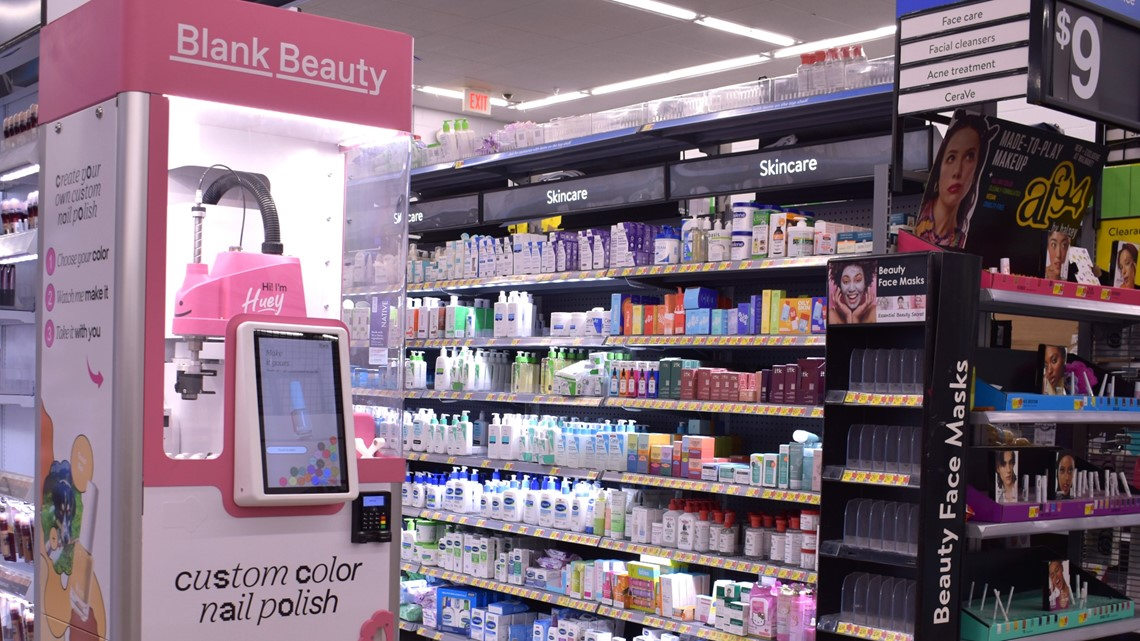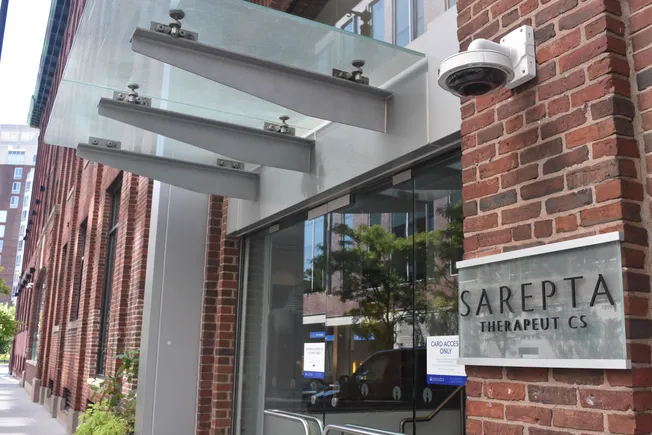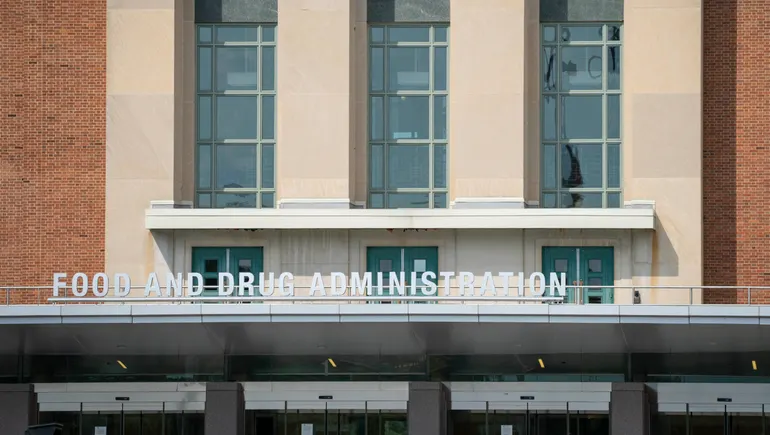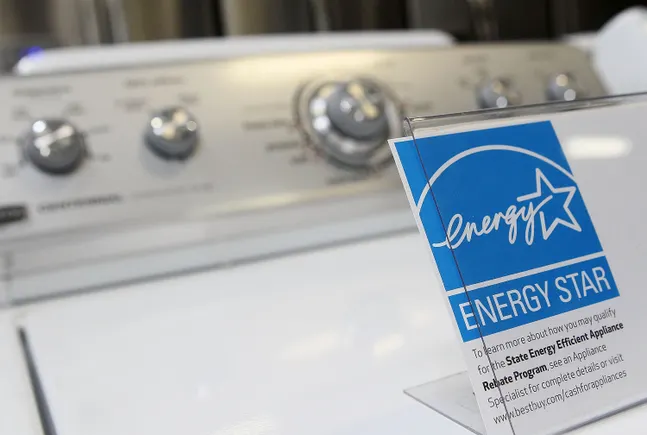Opinion: An evidence-based way to make Medicaid less bureaucratic and more efficient
As Congress considers Medicaid cuts to control federal spending, it should focus on eliminating bureaucratic barriers that paradoxically increase costs.

As a primary care physician serving Medicaid patients, I recently witnessed a preventable hospitalization that perfectly illustrates America’s health care dysfunction. My homebound patient with heart failure needed a routine lab test to adjust their medication. While commercially insured patients can access electronic lab orders, my patient’s Medicaid plan contracted exclusively with a laboratory requiring physical forms by mail. The resulting delay in getting his labs and subsequent medication adjustments led to heart failure exacerbation and a preventable hospitalization costing taxpayers thousands.
This case exemplifies a larger pattern: Nearly 40% of emergency department visits and hospitalizations among Medicaid beneficiaries are potentially preventable through timely primary care access. These avoidable events cost American taxpayers approximately $36 billion annually. As Congress considers Medicaid cuts to control federal spending, it should focus on eliminating bureaucratic barriers that paradoxically increase costs.





















































































































































